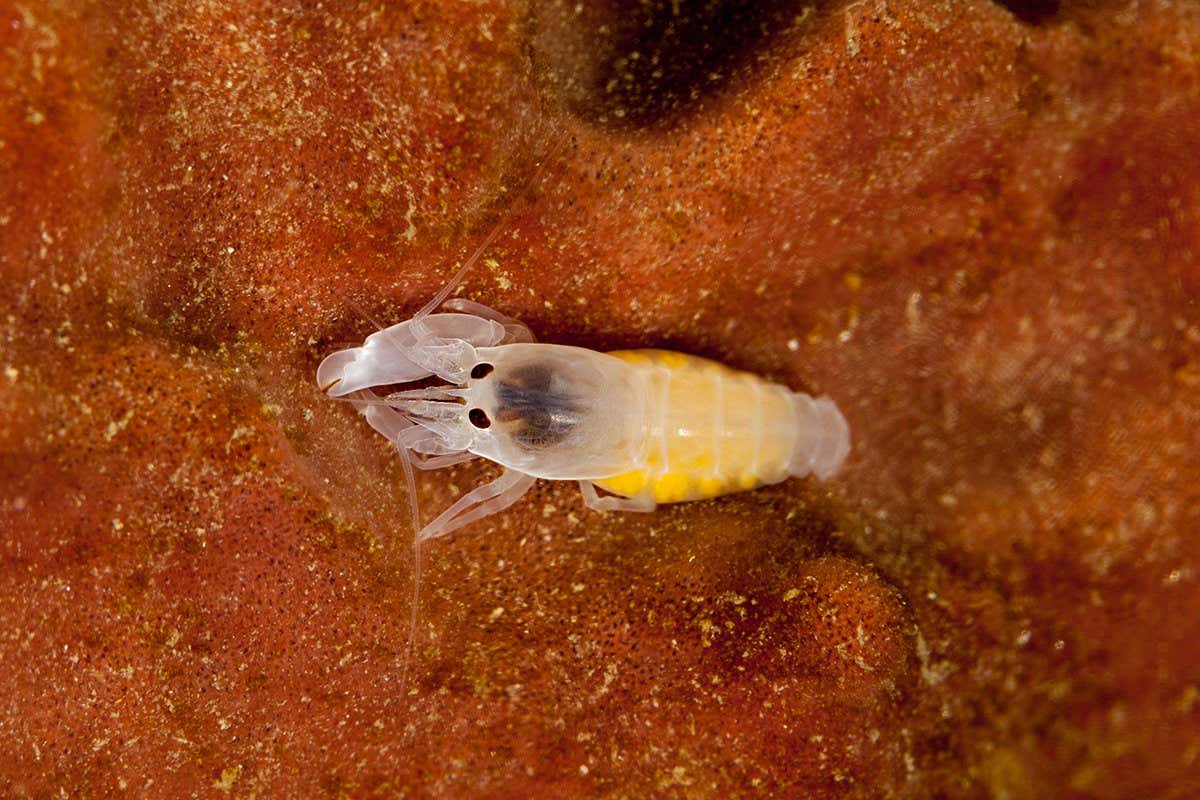Underwater Speed Record: A Tiny Shrimp's Claws Shatter Expectations
A newly discovered species of mantis shrimp has stunned scientists by setting a new underwater speed record, showcasing the incredible power hidden within its minuscule claws. This tiny crustacean, barely an inch long, has redefined our understanding of speed and power in the aquatic world. The research, published in Nature Communications, details the astonishing velocity of its strike, surpassing anything previously observed in the animal kingdom.
Unprecedented Speed: Breaking the Sound Barrier (Underwater)
The research team, led by Dr. Evelyn Reed from the Scripps Institution of Oceanography, used high-speed cameras capable of capturing millions of frames per second to analyze the shrimp's hunting technique. The results were breathtaking. The mantis shrimp's specialized claws can accelerate to speeds exceeding 80 meters per second – that's over 179 miles per hour! This incredible speed generates cavitation bubbles that implode with such force, they create temperatures hotter than the surface of the sun, momentarily stunning or killing prey.
The Mechanics Behind the Marvel:
- Specialized Appendages: The shrimp's raptorial appendages are uniquely designed for this explosive speed. They are spring-loaded, storing and releasing energy with exceptional efficiency.
- Hydrodynamic Efficiency: The claw's shape and surface texture minimize water resistance, allowing for optimal acceleration.
- Cavitation and Sonoluminescence: The intense speed creates cavitation bubbles, which collapse, generating shockwaves and producing sonoluminescence – a brief flash of light. This effect is still being studied extensively.
Implications for Biomimicry and Beyond:
This discovery has significant implications for various fields. The incredible speed and power of the mantis shrimp's claw are inspiring engineers to explore new designs for:
- High-velocity underwater vehicles: Mimicking the claw's structure could lead to faster, more efficient underwater robots for exploration and research.
- Improved medical tools: The precision and power of the strike could inform the development of minimally invasive surgical tools.
- Advanced materials science: Understanding the mantis shrimp's ability to withstand the extreme forces generated during its strike could lead to the creation of stronger, more durable materials.
Further Research and Conservation Efforts:
While this discovery is exciting, it also highlights the importance of marine conservation. The unique ecosystems these mantis shrimp inhabit are vulnerable to human impact. Further research is needed to understand the full extent of their ecological role and to ensure their protection.
Keywords:
Mantis Shrimp, Underwater Speed Record, Cavitation, Sonoluminescence, Biomimicry, Marine Biology, High-speed underwater vehicles, Crustacean, Nature Communications, Scripps Institution of Oceanography, Underwater Robotics, Marine Conservation.
Conclusion:
The discovery of this tiny shrimp's record-breaking speed is a testament to the wonders of the natural world and the potential for biomimicry. Continued research into this remarkable creature promises to unlock groundbreaking advancements in various fields, while also emphasizing the importance of protecting our oceans and the diverse life they support. Learn more about marine conservation efforts by visiting [link to a relevant conservation organization's website].
